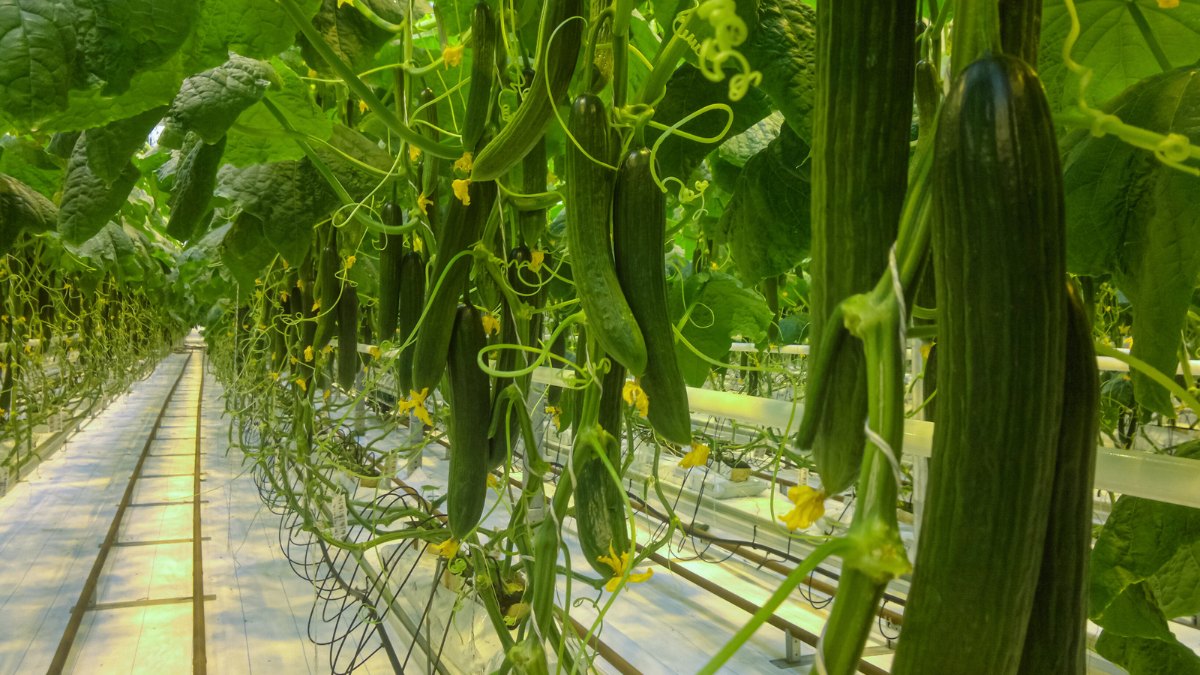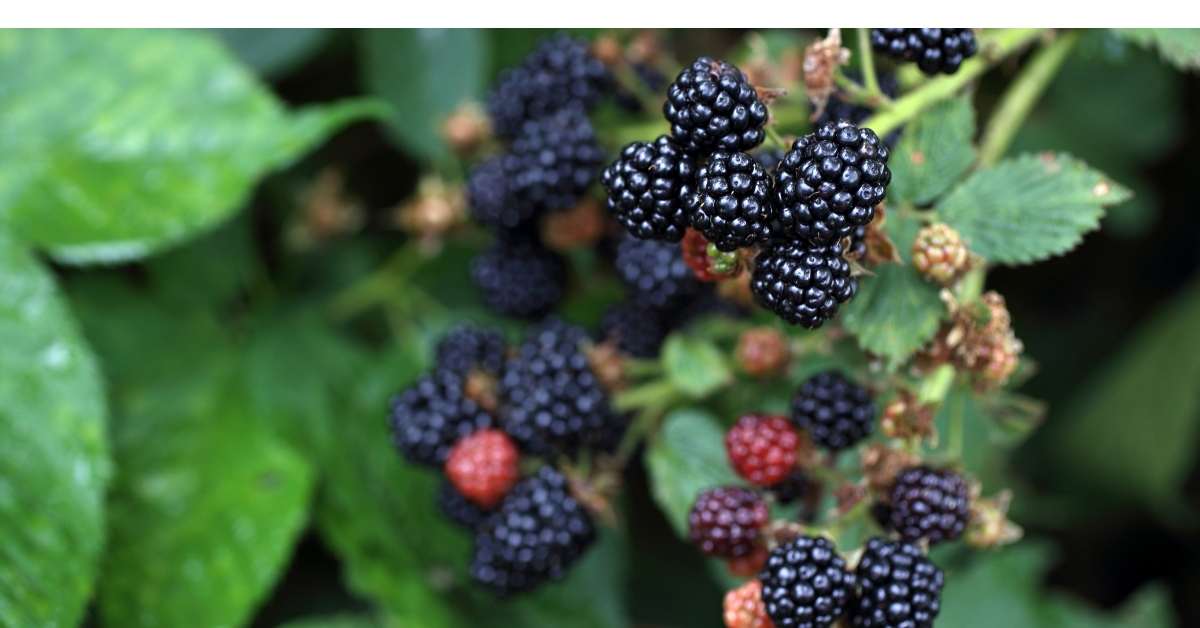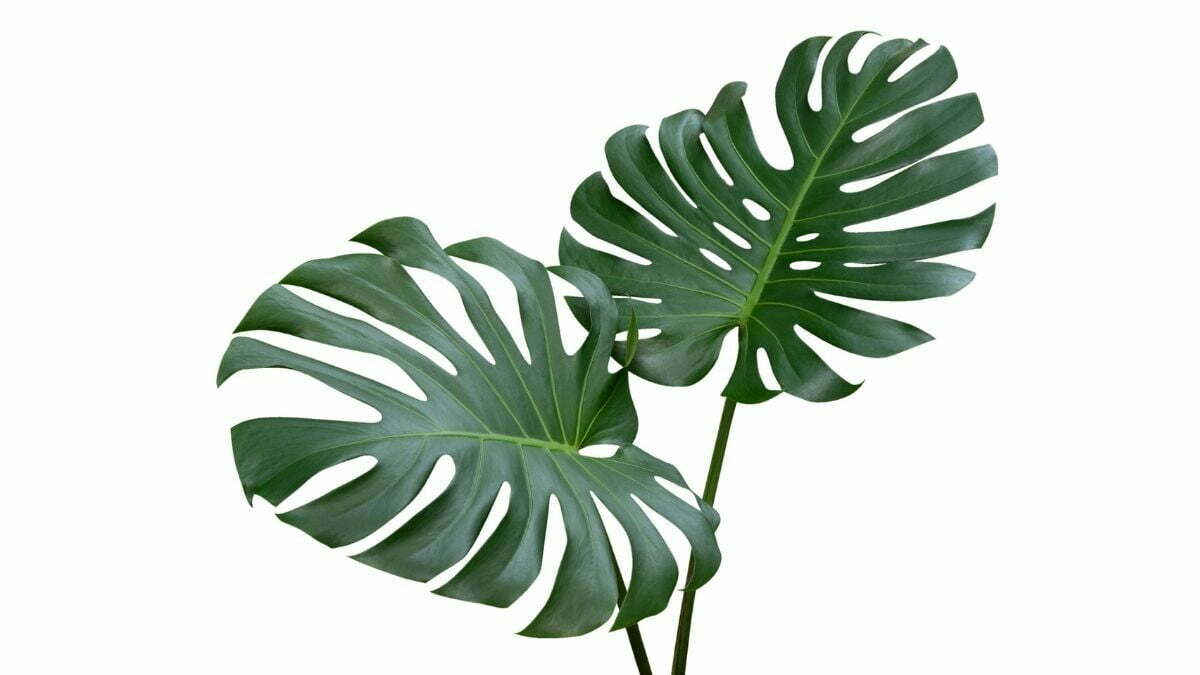As summer stretches its warm arms across our gardens, the anticipation of a new harvest begins to build. Cucumbers, those crisp, cool, and crunchy summer favorites, are one of the most eagerly anticipated treats that our gardens can provide.
Whether you are growing the traditional slicing varieties or experimenting with the smaller, bumpier pickling ones, you’ve invested hard work into nurturing these green jewels. From soil preparation and weeding to regular watering and careful observation, the journey of growing cucumbers is a meticulous labor of love. Now, you want to ensure that this love doesn’t go to waste by misjudging the cucumber harvest time.
When should I harvest cucumbers?
Cucumbers typically require a longer growing period and are generally ready for harvest within fifty to seventy days. But here’s the key: harvest them 8-10 days after the first female flowers blossom, and you’ll taste the sweet reward of your efforts. This article delves into the critical factors you need to consider to optimize your cucumber harvest. By the end, you’ll be equipped to harvest cucumbers that burst with juiciness and flavor every single time.
Interpreting the Seed Packet – Your Cucumber Harvest Guide
Just like the blueprint of a building, the seed packet provides you with the vital information needed to grow and harvest cucumbers successfully. It details the expected size of mature fruit, the average number of days from germination to harvest, and the distinguishing characteristics of that particular cucumber variety. This is your first step towards a fruitful harvest.
For instance, most cucumber varieties are ready to harvest around 8-10 days after the female flowers – identifiable by the miniature cucumber just beneath the blossom – have opened. However, different varieties may have slightly different timelines, and the seed packet will be your most accurate source for this information.
The Squeeze Test – Ensuring the Perfect Firmness and Color
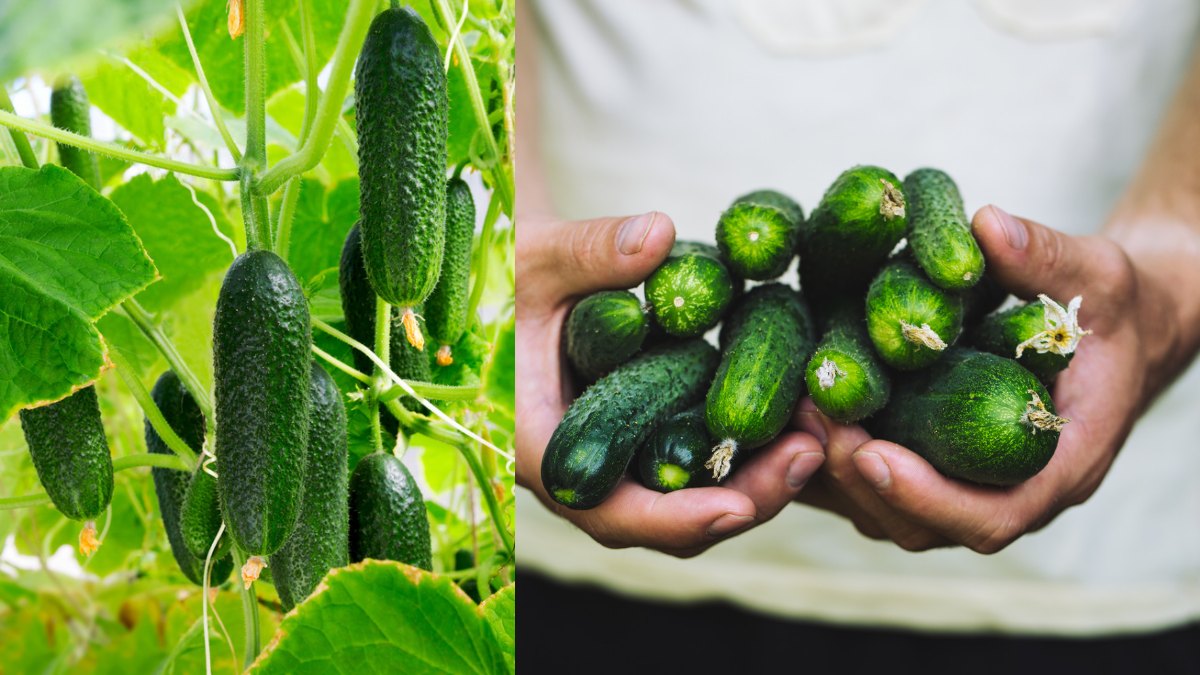
Not just a fruit of hard work, cucumber harvesting is also a matter of touch and sight. When you gently squeeze a cucumber, it should feel firm, not soft or mushy. This firmness is a reliable indicator that your cucumber is mature and ready to leave the vine.
Along with the touch, observe the cucumber’s color. The ready-to-harvest cucumber generally has a medium to dark green hue. But beware! This is not a one-size-fits-all rule. Some varieties may mature into a yellowish or white color, emphasizing once again the importance of the seed packet as your gardening guide.
Employ Your Shears – The Right Way to Harvest
A thriving garden is not just about what grows from the soil but also about how you handle the produce. When it comes to cucumbers, the harvesting technique is just as crucial as timing. Ripping cucumbers from the vine can cause unnecessary damage to both the fruit and the plant.
Instead, always use garden pruners or a sharp knife to harvest your cucumbers. This method ensures a clean, smooth cut, minimizing damage to the vine and keeping it productive for longer. When cutting the cucumber from the vine, aim to leave about an inch of stem attached. This practice prevents the ends from rotting in your storage area, maintaining the cucumber’s freshness and longevity.
Timing is Everything – Avoiding Overripe Cucumbers
A cucumber left on the vine too long doesn’t just become overripe; it can also develop a harsh, bitter taste, transforming your anticipated treat into a disappointment. This emphasizes the importance of timely harvest.
While cucumbers from the same vine may mature at different times, this only means you should keep a keen eye on your plants. Consistent monitoring helps you identify which cucumbers are ready for harvest, ensuring you pick each one at its prime. Remember, every overripe cucumber you prevent is a chance for a more delicious and fulfilling harvest.
Harvest Early, Harvest Often – Maximizing Your Cucumber Yield
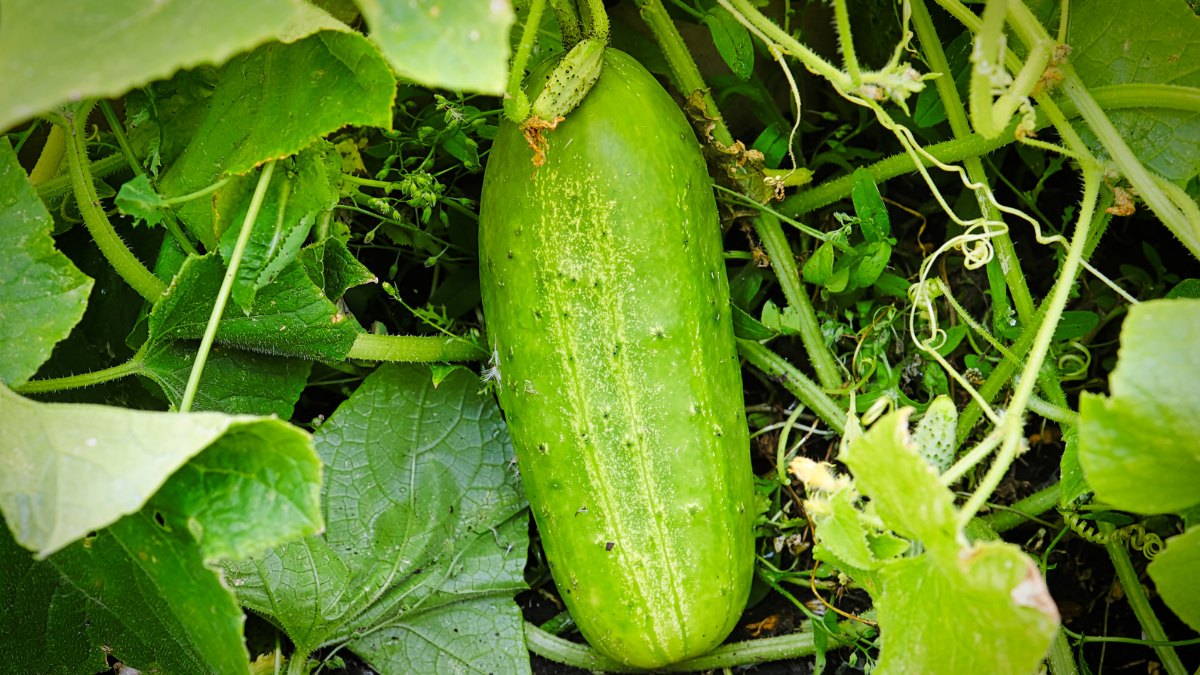
Contrary to what one might think, cucumber harvesting is not a one-time event but rather an ongoing process. Here’s a gardening secret: harvesting cucumbers early in the morning, while the vines are still cool, can help you preserve the crispness of your cucumbers.
Additionally, frequent harvesting encourages the plant to produce more cucumbers throughout the season. The peak growing season might have you harvesting cucumbers as often as every other day. So, remember: early and frequent harvesting not only results in better-tasting cucumbers but also stimulates continued productivity.
Don’t Underestimate the Importance of Regular Monitoring
Although the seed packet provides an estimated timeframe for cucumber maturity, remember that these are averages. Weather conditions, soil quality, and a host of other factors can influence the exact timing. Therefore, the critical component of a successful harvest is regular and attentive monitoring. Once your cucumber plants start producing, check the vines daily. This habit allows you to identify any changes in color, size, or firmness and harvest the cucumbers at their peak ripeness. Regular monitoring also helps you spot any potential disease or pest issues early, thus maintaining a healthy, productive garden.
Cucumbers Beyond the Garden – Storage and Usage
Proper harvesting is the first step towards enjoying your fresh, juicy cucumbers. However, what you do after the harvest is equally important. To preserve the freshness and extend the shelf-life of your cucumbers, store them at cool room temperatures, ideally between 50-55°F. Keeping them in the refrigerator might be tempting, but it can cause cucumbers to become cold-damaged or “chilled,” resulting in accelerated decay.
When it comes to usage, freshly harvested cucumbers are incredibly versatile. Add them to salads for a fresh, crunchy element, or pickle them for long-term storage and a unique, tangy flavor. Moreover, cucumbers can be used in a variety of recipes ranging from refreshing summer drinks to sophisticated gourmet dishes.
Conclusion:
Harvesting cucumbers at the right time isn’t just about the taste; it’s also about appreciating the journey. From planting the seeds to nurturing the vines and eventually harvesting the fruit, the process is a testament to your dedication as a gardener.
By considering these factors – understanding the seed packet, conducting the squeeze test, using shears, monitoring regularly, and harvesting early and often – you can ensure a successful and satisfying cucumber harvest. Here’s to a summer filled with the freshest, crispest cucumbers straight from your garden to your table!
Happy gardening, and may your cucumbers be ever crunchy and flavorful!
